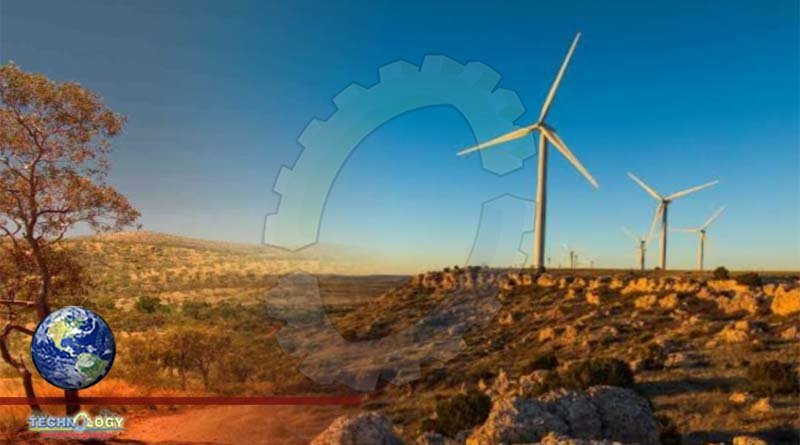Fortescue Future Industries, Andrew Forrest’s highly ambitious green energy play, has hinted at joining forces with other parties to create a single “green Pilbara” vision for giga-scale projects of wind, solar, battery storage and green hydrogen.

Fortescue’s stated ambitions for green hydrogen over the next decade are unparalleled anywhere in the world, but it is just one of a number of parties proposing projects of unprecedented scale in the wind and solar rich Pilbara region.
Forrest has declared a remarkable target of producing 15 million tonnes a year of green hydrogen by 2030, an effort that would likely require some 200GW of wind and solar and other renewable sources.
It has already announced plans to build 5.4GW of wind and solar in the Pilbara, along with battery storage, to satisfy the green hydrogen needs of its iron ore operations.
“Collaboration would help,” says Maia Schweizer, the former CleanCo chief executive who was poached by FFI late last year to become its head of “western states” in Australia.
“The growth of green industry contains enough opportunity for all of us — what if we collaborated, shared infrastructure costs, and together made Australia competitive?” she said at an energy event last week, according to her speech notes provided to RenewEconomy.
“What if we had one vision of a green Pilbara, implemented by several to the benefit of all? This may never have happened before, and it won’t be easy, but the rationale has also never been more compelling.”
Indeed, the Pilbara’s massive economic development to date has been a history of everyone for themselves. All the major mining giants have built their own rail lines, their own roads, and their own grids, and moves are only now taking place that could see proper links between those networks to deliver savings and synergies.
That could also apply to the massive green energy projects being proposed in the region. Apart from FFI’s own plans, CWP Global and Intercontinental are working on a 26GW wind and solar plan in the Pilbara, while others including Alinta, Rio Tinto, BHP and some of the Big Oil companies are also looking at the region’s renewable riches for giga-scale plans.
CWP is looking at an even bigger project in the south of the state – 50GW – and FFI is also looking at massive arrays in the part of the state and has reportedly been meeting major landowners and pastoralists about the proposal.
Schweizer says collaboration is only one part of the equation. Technology costs needed to come down, and nothing could go ahead without community support, from indigenous groups and pastoralists. And governments could help by dumping the $10 billion of fossil fuel subsidies, and support for shared infrastructure.
“The thing is, we have the technology, we have a path,” she says.” We have the capabilities and the resources. It is in our hands. We can do this, and we must.”
Like Forrest, Schweizer is withering in her critique of fossil fuels, describing the vast majority of carbon capture and storage projects as an “expensive travesty”, and declaring that Australia will be no more able to sell “clean” fossil fuel hydrogen than it could sell clean coal or cancer free tobacco.
“Fear-mongering and playing to the lowest common denominator. The scale of the problem. Being overwhelmed by the size of the task. Fear or despair leading to paralysis, denial. The brutal truth that the worst effects will be felt elsewhere.
“I was a carbon worker too. I’m a rock doctor by background, and I worked in coal seam gas in Queensland. (She worked with Origin). I told myself it was the transition fuel. I told myself it was better to be part of a company doing it right.
“But, as long as I had that mindset – as long as we tell ourselves there’s time, there’s a future for fossil fuels – we are running out of time. We are putting our efforts and our best creative ideas into the wrong problems.”
“We have some of the best wind and sun in the world. We have vast swathes of land on which to capture it. We have enviable deposits of pretty much every mineral we will need to electrify and decarbonise.
“We have engineering hubs, we have entrepreneurial universities. We have trade relationships with future customers. We have a track record of mining and energy export.
Source: This news is originally published by reneweconomy
